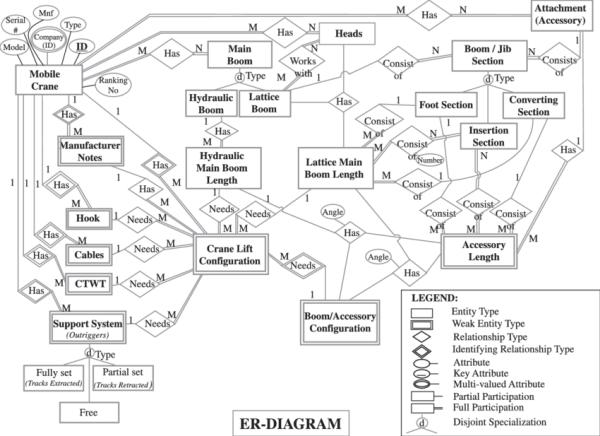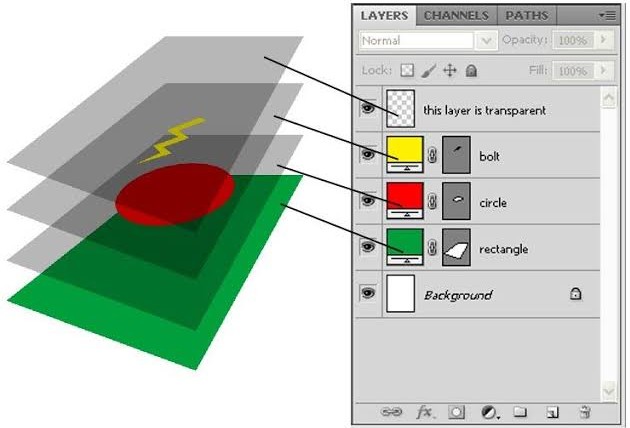The 5 Elements as the 5 Layers of Reality
Table of Contents
Chapter 1 explained that reality is divided into the Physical and Metaphysical Domains.
We defined reality as the metaphysical structure that forms from the waves emanated by nodes or vortices on each other. This is similar to an entity-relationship diagram.

This means that perception is the basis of reality. Since our perceptions are either physical or metaphysical, then there can be both physical and metaphysical reality.
Having only 2 kinds of reality accounts for all phenomena whether physical of metaphysical. But it does not explain the details or dynamics behind those phenomena.
To get more accuracy with minimum complexity, we subdivide reality into 5 Elements as what was done by the ancient Greeks, Indians, and Chinese.
| Rank | Name | Greek | Hindu | Chinese | Vietnamese | ||
|---|---|---|---|---|---|---|---|
| 1 | Aethereal | Aether | Akasha | 水 (still water) | Thủy | ||
| 2 | Spatial | Air | Vayu | 木 (moving wood) | Mộc | ||
| 3 | Radiant | Fire | Tejas | 火 (expanding fire) | Hỏa | ||
| 4 | Convertible | Water | Jala | 土 (changing earth) | Thổ | ||
| 5 | Material | Earth | Pritvi | 金 (solid metal) | Kim |
This is like subdividing a meter-reality-ruler into centimeters so that the finer details of reality can be accounted for.
These Elements are further subdivided into Subelements to get an even more detailed view.
- This is like subdividing centimeters into millimeters.
For example, the Fire Element (Electromagnetism) is divided into:
- the light subelement to explain colors
- the heat subelement to explain heat
- the virtual photon subelement to explain magnetism
Currently, Modern Physics knows only 3 of these 5 Elements as the Strong, Weak, and Electromagnetic Forces.
| Superphysics | Physics |
|---|---|
| Aethereal | Pseudo-science |
| Spatial | Gravitation |
| Radiant | Electromagnetic Force |
| Convertible | Weak Force |
| Material | Strong Force |
This is because physicists impose a limitation on themselves to ignore or avoid metaphysical perceptions like ideas, feelings, and spirits. This in turn is because their minds favor the material and crude perceptions as being universal or common to all.
Layers with a Hierarchy
Nowadays, people associate the word “elements” with the chemical elements in the periodic table.
This is why we will use the word “layer” instead of elements for the 5 factors or components of Nature.
An analogy is a Photoshop image which is made up layers that are on top of each other that creates a full picture.

The layers in Photoshop have a hierarchy where one layer is on top of, or covers the ones below it.
Similarly, the 5 layers of Existence have a hierarchy wherein the highest aethereal layer covers all. This makes matter the most inferior layer.

For example, Modern Physics tells us that:
- gravity can affect light, but light cannot affect gravity
- electromagnetism can affect iron, but ordinary iron does not exert electromagnetism
- a mass of iron can exert a small amount of gravity, but not enough to affect light
This exposes a natural hierarchy, wherein:
- gravity is superior to light (electromagnetism)
- electromagnetism is superior to matter (strong force)
- dark energy as the atomic space (which we call the aetherspace) is superior to gravity
The 3 Gunas or Influences
The ancient Greeks did not have a concept of hierarchy built into their 5 Elements. Instead, they used the center or mean.
If a set of any 3 numbers has a mean, the mean is to the 1st number just as it is to the last number.. If the universal frame was just a surface with no depth, a single mean would have sufficed to bind together itself and the other terms.
Timaeus
Timaeus by Plato, Chapter 3
We use the concept of Influences or Gunas to divide each Element or Layer into 3 so that there will be a middle, center, or mean for each Element or Layer. This is seen in our Medium-Substance-Quantum model which replaces the Standard Model.

For example, the reality of a rock is made up of layers of properties are perceived together in the identity of the rock:
- The aethereal idea of the rock
- The volumetric space occupied by the rock
- The color of the rock as the light bounces off of it
- The intermolecular forces that hold the rock together
- The contact forces that prevent the rock from going through the ground
We put these Layers into a hierarchy
- Aether Layer
- Air Layer (Space)
- Fire Layer (Color)
- Water Layer (Chemical Forces)
- Earth Layer (Contact Forces)
We then expand these into 15 Layers to account for the Spiritual-Social, Biological, and Material aspects of Nature.
| Rank | Spiritual and Social | Biological | Material | Assigned Number |
|---|---|---|---|---|
| 1 | Causal | Aether | Aethereal | 5 |
| 2 | Essential | Air | Spatial | 4 |
| 3 | Astral | Fire | Radiant | 3 |
| 4 | Subtle | Water | Convertible | 2 |
| 5 | Crude | Earth | Material | 1 |
The assigned numbers are what the Greeks gave to the Elements or Layers. This is why we call the Causal or Aetheral as the 5th Element or Layer.
These 15 match the 15 Rupas or Material Forms in Buddhism
| Superphysics Name | Buddhist Name |
|---|---|
| Material Layer | Pathavi |
| Comvertible Layer | Apo |
| Radiant Layer | Tejo |
| Spatial Layer | Vayo |
| Aethereal Layer | Cakkhu |
| Earth Element | Kāya viññatti |
| Water Element | Jivhā |
| Fire Element | Jīvitindriya |
| Air Element | Ghāna |
| Aethereal Layer | Sota |
| Crude Layer | Kaya |
| Subtle Layer | Vaci Viññatti |
| Astral Layer | Oja |
| Essential Layer | Hadaya |
| Causal Layer | Akasa |